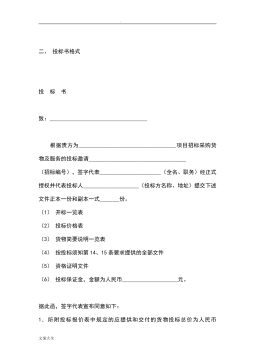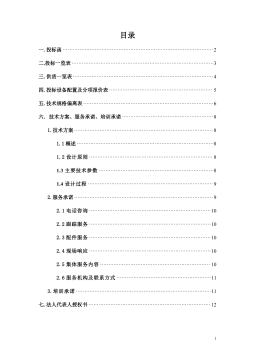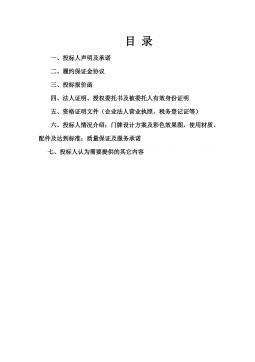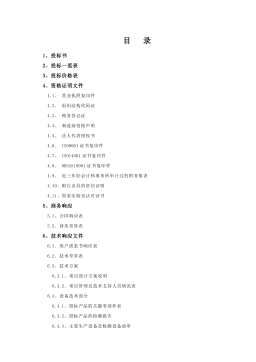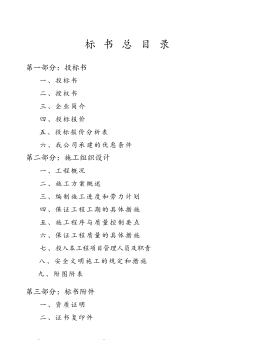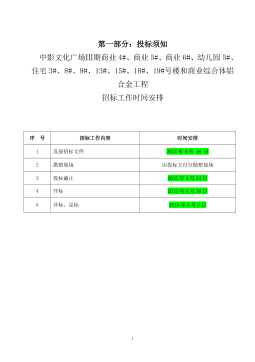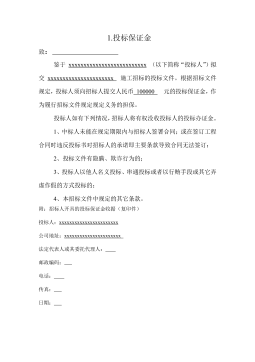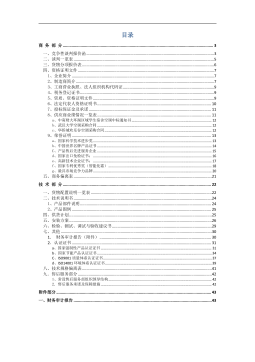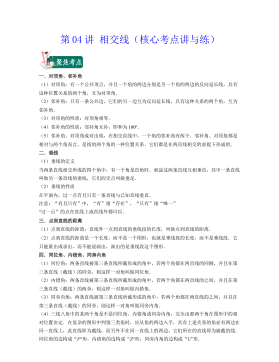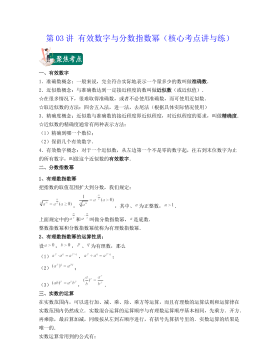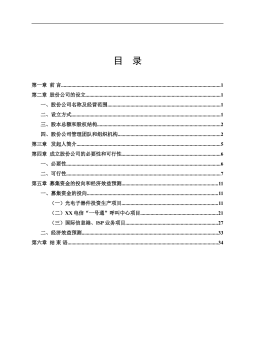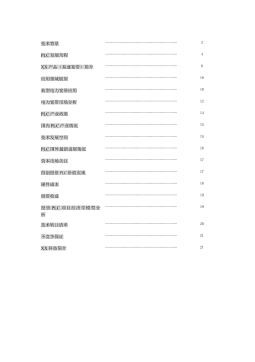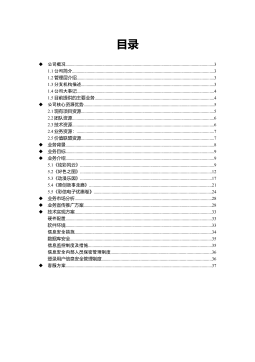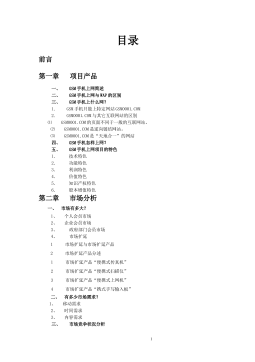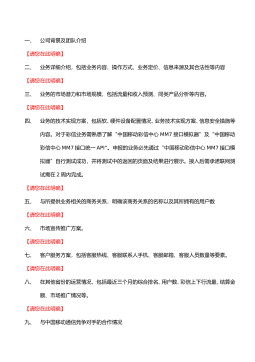非经济性报酬激励因素实证研究——以浙江省企事业单位员工为例
VIP免费
浙江财经学院硕士学位论文
I
摘 要
在我国,随着经济的持续高速发展和技术变革的不断推进,员工的工作态度
和行为发生了诸多变化,职场中竞争压力的增大,不和谐的人际工作关系,工作
流程化带来的枯燥无味,夫妻双方同时工作而带来的孩子看护、老人抚养等一系
列问题开始涌现出来;此外,物质生活水平的不断提升与管理实践的发展使员工
需求呈现出多样化发展的态势,工作环境、工作条件、个人发展、组织发展等非
经济性报酬因素在一些员工特别是处于需求层次较高水平的员工看来变得比额外
的金钱更有意义。目前,很多企事业单位依然实行传统的薪酬管理体制,即多采
取固定、单一的薪酬支付策略,而工资钢性上升和边际收益递减的特点决定了薪
酬激励的固有局限性,并且单一的金钱付酬方式使组织和员工之间也难以形成良
好的心理契约。由此可见,传统薪酬支付体制在激励员工的目标上显得比较单一、
匮乏,效果有限,无法真正调动起员工的主动性和工作积极性。
近年来,全面薪酬理念和总报酬理念渐进成为国际化薪酬管理发展的新趋势,
非经济性报酬作为总报酬理念的核心组成部分之一,对于满足员工多样化需求,
对员工进行长期化、灵活性和弹性化的激励具有传统付酬方式无可比拟的优势。
可以预见,未来薪酬管理变革的挑战是,如何通过更有效的整合薪酬制度中的非
经济性报酬,改善整体薪酬的理念构想,以吸引、保留和激励组织所需要的人才。
本研究以内容型激励理论为基础,以目前日趋流行的整体薪酬方案和总报酬
理论为指导,首先对薪酬理念和薪酬管理的发展脉络进行了系统梳理,明确界定
了非经济性报酬的内涵,系统构建出了非经济性报酬的五大激励维度,提出了实
施非经济性报酬激励能有效化解经济性报酬激励的门槛效应,通过构建 “员工需
求--非经济性报酬激励”模型,提出员工所处不同需求层次对非经济性报酬激励
需求偏好的选择会存在不同影响。其次,本文通过实证分析,以浙江省企事业单
位员工为研究对象,分析得出了员工对非经济性报酬各激励因素的重视程度和实
际满意程度;揭示了不同背景特征员工对非经济性报酬各激励因素存在的不同偏
好;员工自身认为重要的激励因素与企事业单位实践中实施的各激励因素存在的
偏差;进一步构建出了非经济性报酬各激励因素与员工满意度的线性回归方程;
通过建立结构方程模型,分析验证了前期的理论模型。最后,针对实证分析的结
论,提出了实施非经济性报酬激励的策略建议。
本文的创新点主要体现在从全面薪酬下的非经济性报酬视角对员工的激励需
求进行了研究,提出非经济报酬激励可以有效化解经济性报酬激励的“门槛效应”;
其次,构建出了“员工需求--非经济性报酬激励”模型,模型清晰地显示出了员
工所处需求层次对非经济性报酬激励因素需求偏好选择的影响;另外,本文从动
态视角进行的相关实证研究,研究成果可直接应用到我国企事业单位的管理实践。
浙江财经学院硕士学位论文
II
本研究通过相关理论和实证分析,从全面薪酬下的非经济性报酬视角对员工
激励需求偏好进行了研究,为非经济性报酬理念的进一步深入研究奠定了基础,
并可以进一步从理论上丰富、完善全面薪酬理论和总报酬理论;使企事业单位真
正意识到非经济性报酬在激励员工方面的重要作用,避免企事业单位陷入单一经
济性激励的薪酬陷阱,以使企事业单位达到更好的吸引、保留、激励员工的目的。
关键词:薪酬;非经济性报酬;激励因素;需求偏好
浙江财经学院硕士学位论文
III
ABSTRACT
In our country, with the sustained rapid economic growth and the continuous
progress of technological change, employees’ work attitude and behavior have changed
a lot.Increased competitive pressures in the workplace, discordant human relations ,
insipidity brought by streamlining work and the issues of child care and elderly
dependency due to work in double harness begin to emerge. Moreover, employee needs
are demanding diversity because of the continuous improvement of living standards and
the development of management practice. Working environment, working conditions,
personal development, organizational development and other non-economic reward
factors play a more important role than money in the eyes of some employees,
especially for those who are in higher level of demand. Nowadays, traditional
compensation management systems often take a fixed and single pay strategy, but
inflexible wages rise and the characteristics of diminishing returns determine the
inherent limitations of Incentive Compensation, and single mode of money payment
makes it difficult to form a good psychological contract between organizations and
employees. Thus, traditional compensation payment system seems onefold, deficient
and with limited success in motivating staff goal, which can’t truly mobilize staff
enthusiasm and initiative.
In recent years, the comprehensive compensation idea and the total reward idea
have become the new development tendency of internationalization compensation
management. As a core component of the total reward idea, the non-economic reward
has unparalleled advantages in meeting staff diversified need and carrying on long-term
and flexible motivation to the staff compared with traditional way of compensatory
payment. It can be foreseen that the future challenge is that how to improve total
compensation idea so as to attract, retain and motivate talented people through
effectively conformity non-economic reward of compensation system.
This study is based on process-based motivation theory and with guidance of
popular total rewards and total compensatory theory. First of all, this paper
systematically reviews the process of development of compensation idea and
compensation management, clearly defines the meaning of non-economic reward,
systematically builds five incentive dimension of non-economic reward and proposes
the point that the implementation of non-economic reward can effectively resolve the
threshold effect of economic reward. By building the model of " Employee needs—
non-economic reward", this research puts forward the idea that employees in different
浙江财经学院硕士学位论文
IV
levels of needs have different choices of preferences on non-economic incentives.
Secondly, taking the employees of enterprise and public institution in Zhejiang Province
as an example, this empirical analysis analyzes the employees’ emphasis and
satisfaction on the factors of non-economic incentives and reveals that the staff with
different background characteristics have different preferences on the motivators of
non-economic reward and there are errors between the motivators that staff view as
important and those carried out in practice by enterprise and public institution. This
paper further structures equation of linear regression between the factors of
non-economic incentives and employees’ satisfaction. Through structural equation
model, preliminary theoretical model has been tested. Finally, for the conclusion of
empirical analysis, this thesis makes recommendations of implementing non-economic
reward.
The innovation of this paper is mainly reflected in the construction of "needs of
employees - non-economic incentive compensation" model, the model clearly shows
that employees’ demand levels have an impact on their preference for the Incentives for
non-economic reward; on the other hand, from a dynamic perspective to the empirical
evidence, this paper proves that the research results can be directly applied to the
management practices of enterprises.
In this study, the relevant theoretical and empirical research form the basis for the
further study of “compensation for non-economic”, so the overall compensation theory
and total reward theory can be further enriched and improved in theory; this research
reminds the enterprises and institutions to be really aware of the important role of
motivation which non-economic reward plays to avoid them falling into the trap of
single economic incentive pay, so that enterprises and institutions can achieve the
purpose to better attract, retain and motivate staffs.
Keywords: Compensation; Non-economic Reward; Motivation Factors;
Demand Preference
浙江财经学院硕士学位论文
V
目 录
第一章 导论 ......................................................... 1
第一节 研究背景 .................................................. 1
第二节 研究目的、意义与创新点 .................................... 3
第三节 研究思路 .................................................. 6
第二章 薪酬及薪酬激励理论综述 ....................................... 8
第一节 相关概念说明与界定 ........................................ 8
第二节 薪酬管理的发展脉络 ....................................... 14
第三节 与本研究相关的激励理论研究回顾 ........................... 24
第四节 薪酬激励研究回顾 ......................................... 29
第三章 理论假设与模型建立 .......................................... 34
第一节 非经济性报酬的内涵及实施必要性 ........................... 34
第二节 非经济性报酬激励因素的维度划分 ........................... 38
第三节 理论假设 ................................................. 45
第四节 员工需求-非经济性报酬激励理论模型的构建 .................. 47
第四章 样本确定与问卷设计 .......................................... 49
第一节 研究对象的确定 ........................................... 49
第二节 非经济报酬激励因素指标体系再构建 ......................... 49
第三节 问卷设计与统计分析方法 ................................... 52
第五章 实证分析与模型验证 .......................................... 54
第一节 样本基本情况分析 ......................................... 54
第二节 非经济性报酬激励因素因子分析 ............................. 56
第三节 非经济性报酬激励因素重视程度和满意程度描述性统计分析 ..... 61
第四节 员工对非经济性报酬激励因素侧重差异的方差分析 ............. 69
第五节 非经济性报酬激励维度满意度与总体满意度回归分析 ........... 82
第六节 员工需求—非经济性报酬激励模型验证 ....................... 84
第六章 实施非经济性报酬激励的策略建议 .............................. 90
第一节 实施非经济性报酬激励的策略建议 ........................... 90
第二节 实施非经济性报酬激励应注意的问题 ......................... 95
第七章 结论及展望 .................................................. 98
第一节 研究结论 ................................................. 98
第二节 相关研究展望 ............................................ 102
参考文献 .......................................................... 103
附录 1:非经济性报酬激励因素构成调查预试问卷 ....................... 106
附录 2:非经济性报酬激励因素调查问卷 ............................... 109
致 谢 ............................................................. 112
浙江财经学院硕士学位论文
1
第一章 导论
第一节 研究背景
薪酬在整个人力资源管理中起着领导、支持和变革诱因的作用,人力资源管
理的最终目标是为企业赢得并保持竞争优势。①有效的薪酬管理能够支持企业的人
力资源战略,并最终支持企业整体经营战略的实现,有助于企业应对来自社会、
竞争对手以及法律法规等方面的挑战。美国著名薪酬管理专家米尔科维奇曾指出,
薪酬体系影响着人们在工作中的行为,它影响着一个公司的成功。目前,国内越
来越多的企业也已意识到,科学合理的薪酬分配成了竞争优势的一个来源。
马斯洛(Abraham Maslow)的需求层次理论(1943)认为,人的需求机构包
括生理需求、安全需求、社会需求、尊重需求和自我实现需求五个层次。这五种
需求由低到高以层次形式出现,当某层次的需求充分得到满足时,下一层次的需
求就上升为主导需求,满足了的需求不再是激励因素。赫茨伯格(Fredrick Herzberg)
的双因素理论认为引起人们工作动机的因素主要有两个:一是保健因素,二是激
励因素。只有激励因素才能够给人们带来满意感,而保健因素只能消除人们的不
满,但不会给人们带来满意感。其中工资属于保健因素,而工作成就感,工作挑
战性,工作成绩的认可,以及职务上的责任感和职业上能够得到发展等属于激励
因素。劳动经济学“向内弯曲的个人劳动力供给曲线”也表明,员工在其工资率
比较低的时候,工作愿望比较强烈,工资的增长对员工有很强的激励作用,但当
员工的工资达到一定的水平之后,他的需求层次相应提高,此时仅仅依靠经济性
报酬来激励员工就丧失了原有的激励效果。
传统付酬方式将员工报酬的组成部分隔离开来进行考虑,而目前员工在做出
受雇选择时,则开始越来越关注薪酬之外的非经济性的东西,如可能的培训与职
业发展机会、相对灵活的工作安排、良好的工作环境、认可的组织文化等。传统
付酬方式因此很难有效满足不同类型员工的需求。如果组织不能将有限的资源与
员工需求尽可能地匹配起来,无疑是对激励资源的一种浪费。
基于对传统薪酬体制存在的缺陷以及对员工激励动力日渐枯竭的分析上,
1990 年约翰.E.特鲁普曼(John E. Tropman)首次提出定制性和多样性相结合的整
体薪酬计划。②它是一种将有形报酬和无形报酬有机结合的思维框架,它不再将目
光局限于以工资和福利为主体的现金报酬,而是结合了组织能够提供的、对员工
有价值的东西统一作为组织的激励资源,并以此为基础来设计付酬计划。2000 年,
① Barry Gerhart and Sara Rynes ,Compensation: Theory, Evidence, and Strategic Implications, Thousand
Oaks,CA:Sage,2003。
② 约翰.E.特鲁普曼. 薪酬方案—如何制定员工激励机制[M].上海交通大学出版社,2002。
摘要:
展开>>
收起<<
浙江财经学院硕士学位论文I摘要在我国,随着经济的持续高速发展和技术变革的不断推进,员工的工作态度和行为发生了诸多变化,职场中竞争压力的增大,不和谐的人际工作关系,工作流程化带来的枯燥无味,夫妻双方同时工作而带来的孩子看护、老人抚养等一系列问题开始涌现出来;此外,物质生活水平的不断提升与管理实践的发展使员工需求呈现出多样化发展的态势,工作环境、工作条件、个人发展、组织发展等非经济性报酬因素在一些员工特别是处于需求层次较高水平的员工看来变得比额外的金钱更有意义。目前,很多企事业单位依然实行传统的薪酬管理体制,即多采取固定、单一的薪酬支付策略,而工资钢性上升和边际收益递减的特点决定了薪酬激励的固有局...
作者:李佳
分类:高等教育资料
价格:150积分
属性:110 页
大小:1.92MB
格式:PDF
时间:2024-09-20


